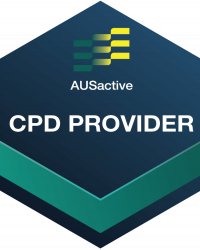Mat Repertoire
Hip Mobility:
Scissors
Alternate Names
High Scissors
Derived From
Classical Mat Work: The Scissors
Primary Element
Mobility
Why for Primary?
To create mobility through the hips in flexion and extension. The leg reaching away is stretching the front of the hip or hip flexors and activating hip extensor muscles (gluteals and hamstrings). The reaching overhead is stretching hamstrings and activating hip flexor muscles.
Secondary Element
Strength
Why for Secondary?
To create abdominal strength to control the spinal movement upwards as well as the decent back to the Mat with control.
Tertiary Element
N/A
Why Tertiary?
N/A
Repetitions
4-6 each side
Plane of Motion
Sagittal
Targeted Muscles
To create pelvis stability and initiate the posterior tilt the targeted muscles are the deep abdominal muscles transversus abdominis.
To lift the hips and move the leg backwards or overhead, the primary muscles are the gluteals and hamstrings
- Gluteus maximus
- Posterior head of the adductor magnus
- Hamstrings
To move the leg forwards the primary muscles are the hip flexors
- Psoas
- Illiacus
- Rectus femoris
Warnings
This exercise may be unsuitable for clients where inversion or spinal articulation is contraindicated or would cause pain. Also watch for clients going up too high on the neck, aim to stay as high as the back of the shoulders.
Execution
Lie supine on the Mat with the arms anchored to an A-frame position and the legs reaching up towards the ceiling. Exhale to lift the legs up and overhead aiming to keep them parallel to the floor when overhead. Aim to stay on the shoulders not the neck. Reach the legs back up towards vertical and use the hands to support the pelvis. Reach the legs upwards then take one leg away from the vertical position and at the same time reach the other leg in towards you before ‘scissoring’ or switching the leg positions. To finish, roll the spine back to the Mat with control.
Observations
Do a body scan of the client taking note of the following points
- Head and Neck
- Is the back of the neck long and crease free? A slight retraction of the neck with the chin tucked can help avoid straining the neck
- Aim to stay on the shoulders not the neck
- Pelvis
- Are the hip bones even horizontally or is the client leaning to one side?
- Are the hands helping to support the pelvis position?
- Legs
- Is there even space between the legs?
- Are the angles of the scissors the same? With the same distance from vertical to each leg? Or is one leg dropping overhead and the other leg barely reaching beyond vertical?
Learning Style Technique Cues
Auditory – word associations that connect mind and body
- Engage transverse abdominis to initiate the movement then flex the lumbar spine towards the Mat before take off
- Keep the ribcage connected done towards the hips at the top of shoulder stand
- Move the legs away from vertical evenly
- Say the client’s name when you’re about to interact with them
Visual
- Image a pair of scissors at the closed position when the legs are vertical, then the open position when the legs are reaching away. Aim for even ‘blades’ of the scissors throughout
- You may demonstrate a part of the movement as a visual representation for the client to see
Kinaesthetic
- Feel the arms pressing actively into the Mat to stabilise the shoulder girdle
- To return down, feel the back of the ribcage the top connect to the Mat, then the back of the waist, then the hips then the tailbone
Modifications and Variations
Regress the exercise by
- Using foam roller horizontally under the hips or a Spine Corrector and reducing the range of motion of the exercise
- Reduce the repetitions and/or pace
- Working on Hip Mobility: Hamstring Pull
- Working on Back Extension: Single Leg Kick
- Working on Back Extension: Double Leg Kick
Progress the exercise by
- Working towards Hip Mobility: Bicycle
- Working towards Hip Mobility: Control Balance
- Working towards Inversion: Jack Knife
- Bending the elbows with the fingers towards the ceiling with the palms inwards to connect in the shoulder girdle but without the assistance of the forearms pressing down into the Mat
- Adding ankle weights
- Adding a Magic Circle or Pilates ring between the ankles
- Adding pace and repetitions
Series and Transitions
This exercise is part of the Hip Mobility series. This series can also be found in the Reformer repertoire, Wunda Chair, Barrel and Cadillac repertoire.
Inspired Academy follows the order below to create stability and mobility before adding strength

